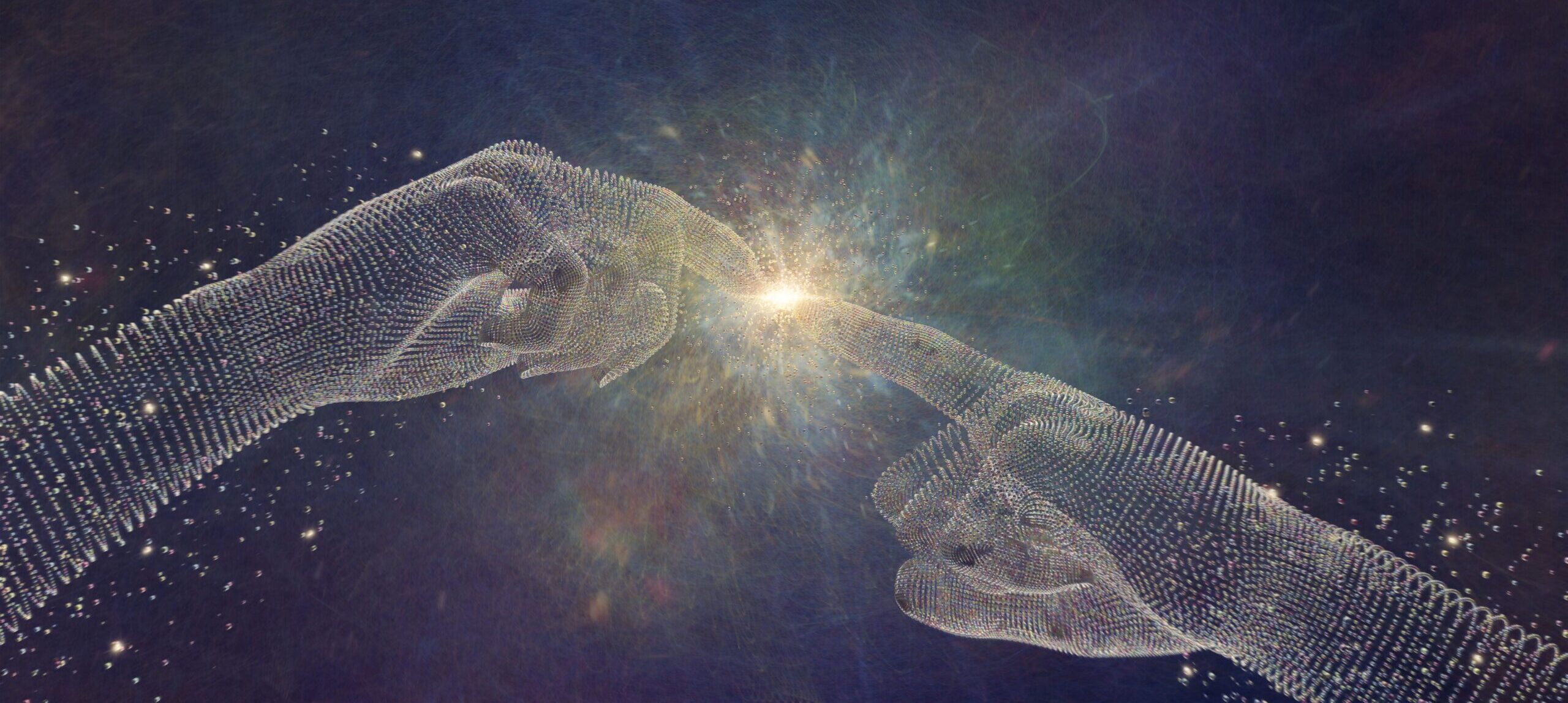The Abandonment of the West:
The History of an Idea in American Foreign Policy
By Michael Kimmage
(Basic Books, 2020)
Expressions like “Western civilization” are verboten in many circles these days. This is a relatively new phenomenon, given that the idea of the West was once embraced across a wide spectrum of political opinion. For much of the nineteenth century, anticlerical republicans and Catholic clergy were fiercely at odds inside France. But when it came to France’s place in the world, shared commitment to la mission civilisatrice resulted in lasting alliances between these groups in regions ranging from Indochina to Africa. Likewise, when Winston Churchill told the House of Commons on June 18, 1940, that Britain’s fight concerned nothing less than “the survival of Christian civilization,” he was signaling that a set of Western values shared by most Britons, whatever their politics or faith, was in peril.
The role of the West in America’s approach to the world is the focus of Michael Kimmage’s The Abandonment of the West. It traces how this idea rose to prominence in the foreign policies pursued by presidents like Woodrow Wilson, Harry Truman, and Dwight Eisenhower before gradually disappearing by the time George W. Bush took America to war against Islamist terrorism in 2001. Beyond his historical argument, Kimmage believes that the idea of the West requires rehabilitation as an underlying motif of American foreign policy, both to resist authoritarianism abroad and to foster greater unity domestically.
The challenge facing Kimmage is the ubiquitous character of the term. Under the phrase “the West” have been corralled complicated issues of heritage, practices which sit uneasily with each other like capitalism and social democracy, as well as antagonistic belief systems such as Christianity and Marxism. This multifaceted and contested background means that anyone reflecting upon Western culture must decide what to focus on.
Kimmage chooses to speak about “the West embedded in a Euro-American narrative of self-government and liberty, a history of liberty, a project of building liberty, a future-orientated heritage of liberty.” In his view, this conception achieved powerful expression in a Jeffersonian outlook as mediated through the Declaration of Independence. Kimmage regards this liberal West as having a messianic character insofar as it proclaimed certain universal aspirations. He notes, however, that the liberty motif also acquired legal dimensions, inasmuch as the Declaration’s ideals required formal expression in the U.S. Constitution.
Not merely partial, as any conception of the West must be, this is also a distinctively American understanding. One must wonder whether it was ever capable of gaining lasting traction in Europe. Perhaps there was a time when it resonated with heirs of Lafayette-style constitutional monarchism. But by the mid-1840s, Enlightenment-inspired liberalism in continental Europe had become intertwined with nationalism in ways that distanced it from its original sources.
As decades passed, even liberal nationalism had been overshadowed by political movements influenced by Marxism, socialism, ethno-nationalism, and different expressions of Christian social thought. Some of these were—and are—far more interested in equality-as-sameness than in liberty and equality before the law. In the wake of the wars that devastated Europe between 1914 and 1945, many Europeans became more inclined to put their trust in top-down bureaucracy. This shift away from an American-like confidence in liberty under law helps explain why many European politicians and civil servants at Versailles regarded President Woodrow Wilson’s ambitions for reconstructing world order as hopelessly naive.
On this side of the Atlantic, Kimmage argues, a Jeffersonian Enlightenment ideal of the West began its rise in the later nineteenth century, when it was already receding in Europe. While many American political leaders agreed that the West should be central to U.S. foreign policy, they disagreed about how to balance its messianic and legalistic elements. Some presidents emphasized the messianic components: for example, John F. Kennedy, Lyndon Johnson, Ronald Reagan. Others balanced the messianic and the legal (Teddy Roosevelt, Wilson) in the form of military interventions accompanied by efforts to build multilateral arrangements. Yet others toned down the messianism and focused on the legal (Richard Nixon, George H. W. Bush, Barack Obama).
After 1991, Kimmage contends, efforts to balance messianism and legalism started failing. Attention to the global began eclipsing the older Euro-American focus in foreign policy institutions. Preexistent antagonisms toward the very notion of Western culture simultaneously accelerated in the universities and intellectual circles. We consequently live in a very different world from that of FDR or Reagan. Reembracing the West as a central structure of American foreign policy is, Kimmage believes, imperative to addressing this change.
Kimmage’s historical tale unfolds in four acts. Act One begins with the ascendency of the idea of the West in American life and politics. In Act Two, Kimmage takes us through the 1920s and 1930s, underscoring a vital point: that growing focus upon the West was driven by scholars at a time when the U.S. political establishment generally preferred “isolationist” stances. Hence, when the United States began reversing this position in the 1940s, an intellectual framework was already in place to provide legitimacy to America’s entry into World War II and subsequent deep engagement with postwar Western Europe.
In Act Three, Kimmage shows how this approach started unraveling in the 1960s and 1970s. A broadly cohesive and positive understanding of Western civilization began crumbling in the face of genuine critical inquiry that drew attention to the West’s many historical dark spots but also as a result of ideological activism on the left. Yet the left is not solely to blame. Moralist and Marxist criticism were paralleled by the rise of a brand of conservatism that regarded liberalism as hostile to America itself.
The effect was a shattering of the two pillars Kimmage presents as underpinning American foreign policy in the decades following World War II. One foundation—an appeal to a shared Judeo-Christian culture—was challenged by the left. The second support—acceptance of the welfare state—encountered criticism from the right as the Keynesian consensus that once dominated economic policy faltered in the face of stagflation.
By the time of Act Four, the appeal of the West as an organizing principle was fading dramatically. At the very moment the West won its great confrontation with the Soviet Union, America started experiencing internal polarization about national identity. The same period witnessed the ascendency of liberal international order as a primary reference point for policymakers. This change was driven in part by the spread of market economies and trade liberalization but especially by the growing dominance of a technocratic worldview among Western political elites. In many ways, Barack Obama personified this shift, as do post-2000 European Union politicians like Emmanuel Macron.
The problem, Kimmage finds, is that a globalized, technocratic view of foreign relations “had no cultural resonance.” That is an enormous handicap in an environment in which concerns about identity are driving a “Great Realignment” of politics on both sides of the Atlantic. Thus Donald Trump’s America First rhetoric ended up crushing Hillary Clinton’s defense of liberal order, while Brexit smashed the comfortable certainties of the cross-party political class that ruled—or thought it did—in London and Brussels. The effects of this realignment are far from over, even with Joe Biden in the White House.
Looking East
As an interpretation of American foreign policy, Kimmage’s analysis has much going for it. Nor is he blind to structural trends that helped undermine the West as a framing structure for U.S.-European relations. Europe ceased to be the center of the global economy decades ago. The old Continent, the very heart of the West, subsequently became less and less relevant for Americans. Despite the Vietnam debacle, America’s attention has continued to gravitate toward the Pacific. That means dealing with Japan and now China: economic and political powers that are outside any account of a common Western heritage.
Economic changes occurred alongside a spectacular growth in the number of Western cultural leaders who rejected the West’s philosophical and religious roots. The most popular replacement is a mixture of Kantian proceduralism and sentimental humanitarianism. This confection is itself a product of the Western tradition but is still at odds with the Jeffersonian framework that Kimmage prefers.
Notwithstanding these problems, Kimmage maintains that American foreign policy requires refocusing on some type of Western cultural core, albeit with substantial modifications of the narrative that prevailed in the ’40s and ’50s. From his standpoint, countries like Russia and China are presenting an alternative based on “authority, great-power jockeying, spheres of influence, and the balance of power.” I would add that these same regimes, as well as major regional players like India and Turkey, are configuring themselves, as Aris Roussinos and Adrian Pabst have observed, as something different from the western European nation-state. Rather than presenting themselves as rivals within a shared modern civilization, they emphasize unique and incompatible civilizational and even imperial pasts.
Kimmage is a realist about the obstacles to building an idea of the West back into American foreign policy. It would require, he stresses, acceptance that the West does not guarantee perpetual peace (as 1914 and 1939 showed) and recognition that, for the first time in centuries, Western countries must contend “with non-Western schemes of international order and information flows.” I would quibble with the latter claim. Twentieth-century Marxist regimes weren’t especially inhibited by the law of nations codified by Europeans like Francisco Suárez and Emer de Vattel or the immensely influential natural law tradition. That said, Kimmage’s broader point stands. Countries like China, Russia, Turkey, and India are injecting a civilizational edge into foreign relations that is crowding out appeals to liberal values.
Kimmage’s alternative is a new emphasis on themes of liberty and self-government. It’s not a question of seeking Russia’s and China’s surrender. Instead, it’s a matter of inviting willing participants into a revived Western coalition: “There is nothing to stop the West from arguing for itself, from standing up for itself and from building coalitions and alliances with those countries that wish to move in the orbit of liberty and self-government.”
A significant drawback to this argument is that many contemporary Americans and Europeans have zero interest in the West arguing for itself. They regard Western culture as a mask for any number of evils, an outlook that has only been magnified in the Age of Woke. Oblivious to the pitfalls of presentism, they are inclined to dispense with Western culture; therein, they believe, lies the path to some type of cosmic justice, assorted liberations, or, put bluntly, settling scores with supposed oppressors.
Few American universities seem disposed to emphasize the need to study the small number of texts Kimmage identifies as essential to understanding America’s place in the Western tradition. In many such settings, it’s considered far more important for everyone to undergo compulsory indoctrination in critical race theory or embrace educational curricula as factually deficient and activist-driven as the 1619 Project. Does this mean that reintegrating distinctly Western themes into American foreign policy is impossible? Not at all. It does, however, suggest that there’s little chance of this occurring without a substantive recovery of civilizational self-confidence throughout the West.
I don’t see such confidence rebounding anytime soon. But Kimmage’s historical account gives an example of how success might be won. In the 1920s and 1930s, he shows, scholars developed and sustained an idea of the West while American politicians sought distance from Europe. Their lonely work meant that the idea was available when the politicians discovered that they needed it.
Hope for another revival of the West in a moment of peril might be grasping at straws. The available alternatives, however, are far bleaker.
Samuel Gregg is research director at the Acton Institute.













